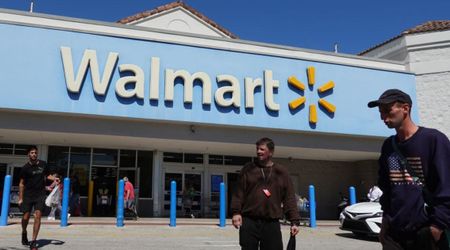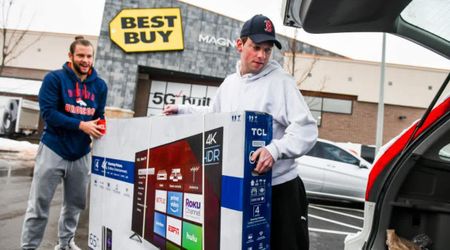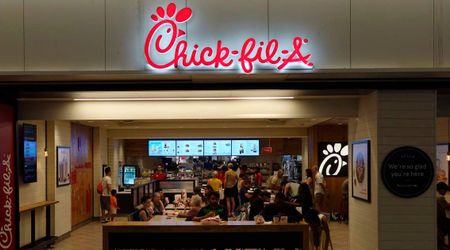New York City Sets Minimum Wage for Food Delivery App Workers; This Is The New Pay-Rate

New York City has announced a significant increase in the minimum pay rate for app food delivery workers. As the popularity of services like Uber Eats and DoorDash skyrocketed during the pandemic, the city aims to ensure fair compensation for the approximately 60,000 food delivery workers in Manhattan.
Currently, earning an average of $7.09 per hour, these workers will now have the opportunity to earn at least $19.96 per hour, significantly improving their financial well-being, according to CNN Business. The pay raise will be implemented in two stages: starting with $17.96 per hour on July 12, 2023, and reaching nearly $20 per hour by April 2025.
The Rise of Food Delivery Services
The demand for food delivery services surged during the pandemic. Online food ordering has become an integral part of the restaurant industry. Euromonitor International reported that in 2019, delivery accounted for approximately 7% of total restaurant sales in the United States. After a notable increase in 2020, the share settled at nearly 9% in 2021, exceeding pre-Covid levels.
This trend has posed challenges for New York City, requiring the development of infrastructure to accommodate the growing number of delivery workers. Issues such as limited parking spaces during rain and lack of restroom access have necessitated additional regulations and initiatives to support delivery workers.

Delivering For Delivery Workers
New York City Mayor Eric Adams expressed gratitude for the hard work of delivery workers and highlighted the importance of supporting them. He stated, "Our delivery workers have consistently delivered for us — now, we are delivering for them."
By increasing their minimum pay rate by nearly $13 per hour, the city aims to provide economic stability for these workers and their families, while also contributing to the thriving restaurant industry in New York City.

Apps Can Choose Their Compensation Method
The city's new pay rate allows delivery apps to choose how they compensate their workers, as long as they meet the minimum amount. Apps can opt to pay per trip, per hour worked, or by devising their own payment formula. This flexibility recognizes the diverse needs and preferences of delivery workers. The new pay rate will also be adjusted annually for inflation, ensuring that workers are not adversely affected by rising costs of living.

Potential Challenges and Opposition
While the city's decision has been applauded by worker advocacy groups, delivery apps have raised concerns about the potential impact on their operations. DoorDash expressed its disagreement with what it described as the city's "extreme policy" and suggested that it might pursue legal action. The company, however, did not oppose the concept of a minimum wage for delivery workers. Similarly, Uber Eats accused officials of pushing for practices that may result in job cuts, reduced tipping, and increased pressure on couriers. It remains to be seen how these concerns will be addressed in future discussions.

Efforts to Improve Delivery Workers' Conditions
Recognizing the need for better treatment and fair compensation, the New York City government passed Local Law 115 in 2021. This legislation mandated the Department of Consumer and Worker Protection to conduct a study on delivery worker pay and treatment. As part of ongoing efforts, the Adams administration is collaborating with Los Deliveristas Unidos, an organization advocating for delivery workers, to repurpose vacant newsstands into shelters for workers. Additionally, plans are underway to provide charging stations for electric bicycles and phones, catering to the specific needs of delivery workers.

Creating a More Equitable Delivery Industry
New York City's decision to increase the minimum pay rate for app food delivery workers represents a significant step toward creating a more equitable and fair industry. By ensuring that these workers earn a living wage, the city is supporting their economic well-being and recognizing their essential contributions to the local economy. However, striking a balance between worker protection and the operational needs of delivery apps will require ongoing dialogue and cooperation between all stakeholders involved.





















